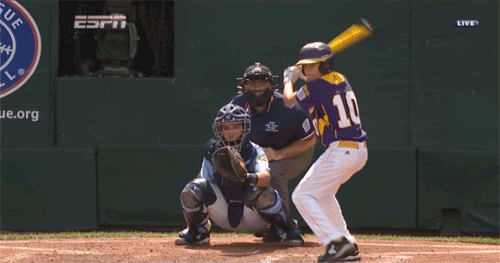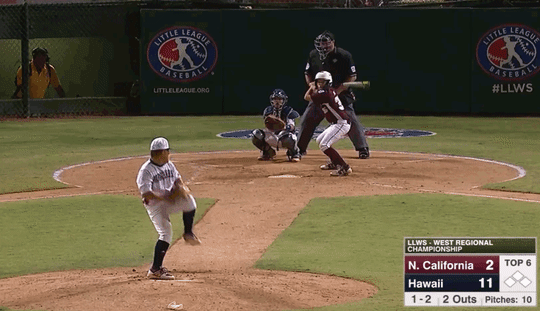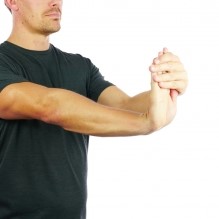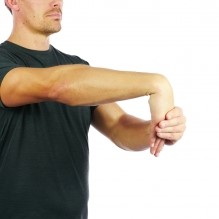As a state, Arizona is beginning to see a decrease in numbers of people who are diagnosed with the Corona Virus. There are beginning to be less restrictions and people are cautiously returning to activities. One activity my children participate in is youth baseball. They are between the age of 10 and 13, and children in these ages are normally pretty healthy. There have been several instances that have come up with my children’s friends and teammates which can be extremely painful and reduce their ability to participate in athletics. These are problems in the growth plate. I have witnessed this mostly in one body part: the elbow.
What is it?
The issue at the elbow almost exclusively occurs due to the repetitive action of throwing. This is why this is commonly called Little Leaguer’s Elbow. The medical term for this is Medial Epophysitis. This is basically an irritation on the inside of your elbow joint caused by repetitive motions. Excessive throwing causes a lot of stress on the inside part of the elbow which can be sometimes too much for growing bones and muscles. In extreme cases, part of the bone can actually break off. This typically happens in youth athletes between the ages of 8-17, when bone and muscle growth is most likely to occur.
Does my kid have it?
Typically, there is no specific incident that leads to this injury, but there can be. Usually, the young athlete will begin feeling pain on the inside of the throwing elbow where the bump is. This is where several muscles attach. The pain will worsen with the activity and if it gets bad enough, they will not be able to throw anymore. It will be fairly tender to the touch and you may notice swelling. Pain when extending their elbow or wrist flexion is also a common occurrence.
What do we do about it?
If you notice your child has this, there are two things to immediately do.
- STOP THROWING!!! With repetitive stress injuries, the very first thing is to stop doing what is causing the pain. In this case, throwing. It is very important to not push through and play with this injury as it can lead to a much more serious condition.
- ICE: Ice at the initial stages can reduce swelling and irritation.
With all injuries that deal with soft tissues (muscle, tendon, ligament) there are several stretches and exercises which can be done. Almost always, the muscles on the palm side of your athlete’s forearm will be very stiff, and most times weak. These muscles should be stretched lightly and strengthened. The two stretches which are important are these:
With your elbow extended, gently extend your wrist to where you feel a gentle stretch on the palm side of your forearm. Hold for about 30 seconds and repeat 3 times.
Now, do the exact opposite. Hold for the same amount of time about 3 times.
Strengthening the forearm, wrist, and shoulder muscles of your throwing arm is extremely important. These should be prescribed specifically for the individual athlete.
How long does it take to heal?
The answer to this question really depends on the severity. It can be anywhere from a few weeks, to 1-3 months. Coaches and leagues take special care with pitch counts depending on ages and this is an excellent thing to do, however any position player who throws often can be at risk. If you want to prevent this, a doctor or a physical therapist can identify the most important activities to do in order to prevent.




